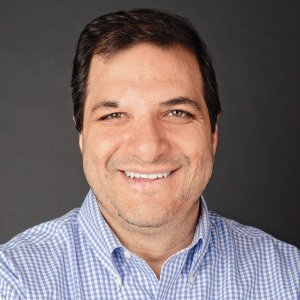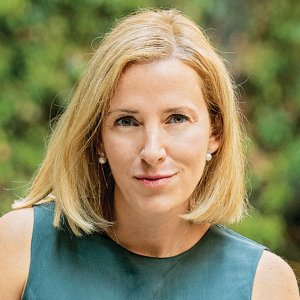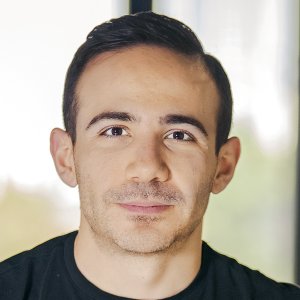Personalizing, Scaling the Nutritional Business

STORY INLINE POST
Q: Many applications are geared to helping users lose weight. How does Avena differ from other apps in the market?
A: The industry is filled with nutrition-related applications because it is a very sexy industry that easily integrates into anyone’s lifestyle through their phone. Our difference is in our retention rate. Unlike other apps where only 5 percent of users stay with the app after 60 days of use, we retain 50 percent.
Although having an app to regulate nutrition is appealing in many ways, creating the technology is a challenge in the sense that you need to be able to analyze patterns of consumption. You cannot put an entire population in the same category; you have to differentiate between people and treat them differently. We performed a behavioral analysis and instilled the app with a human factor. Rather than just sending notifications to our users, we put a person on the other side of the app. Having a real person asking our users how they are feeling completely changes user engagement, making it a more personal interaction that generates empathy. Although the app itself can easily follow up on a user’s progress, we noticed that having another person do the follow-up elevated engagement and retention levels.
We provide users with a coach who has the tools to analyze the user and generate insights to discern what our users are looking for. People living with diabetes, hypertension or cholesterol also have the option to upload their clinical analysis for us to review so we can offer a better option for them.
Q. What requisites and benefits do nutritionists see when working for Avena?
A: We provide the tool to nutritionists; however, they are in charge of registering their patients and how much they will charge and how to charge their patients. Among the benefits is that they can reduce costs, such as office rent, and can attend patients who live in other cities.
The challenge is scalability. Every nutritionist can treat up to 300 patients per month. However, the market is asking us for personalization and a human touch and these variables are not scalable. This is the challenge: how do we make this business scalable and, at the same time, keep it personal?
Q: What are the unique characteristics of Avena’s business model?
A: Nutritionists buy the software and then pay either US$15 or US$25 to continue using the application. We also charge them a 7 percent commission on every online payment they receive. Each nutritionist decides how much he is going to charge a patient. To date, we have almost 7,000 nutritionists working with us. On the user side, not everyone comes via a nutritionist who is already on the platform. Some people find us as a result of recommendations. These users sign up for a three-month predefined plan. We analyze their profile and assign them a nutritionist who has had patients with similar characteristics. We act as a marketplace for these types of patients.
Q: What strategies does Avena employ to position its app in the market and increase its subscriber base?
A: Our team has an engineering profile, which has allowed us to position our app as one of the best in the country. Since we are market leaders, whenever we release a new feature, our competitors try to replicate it, but since they lack this engineering profile it takes them longer to release new features, or they replicate something that we already know does not work. This gives us an advantage. We do compete with some apps from the US. I believe there is a great deal of competition when teams are highly technical. When it comes to nutrition, you always need to have someone specialized in that; when you are talking about startups you need technical teams and teams that can make a product grow quickly using any medium. If we only used Facebook to promote Avena, we would need to invest a lot in order to be competitive. Our challenge is how to do it in less time and with less money. In Mexico, we have fared very well and at the end of the day, the competition in this type of business is global. We have clients in Mexico, Chile, Ecuador, Canada, Argentina, Colombia, Guatemala and even some in the US. Brazil is the only country in Latin America where we do not have clients.
























